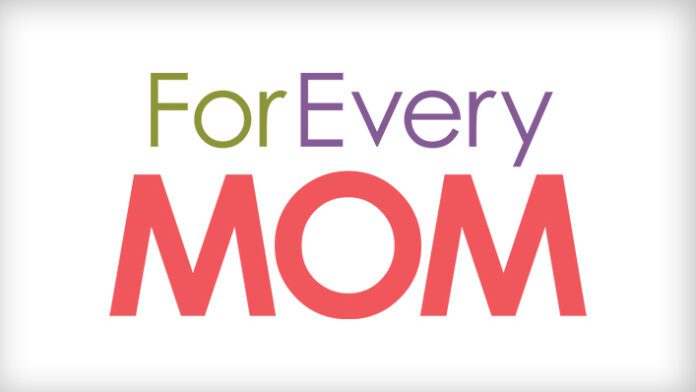Bristow says when you have the flu, you’re the most infectious when you feel the worst—which is oftentimes also when you’ll be at home. But with coronavirus, a person is the most infectious prior to experiencing any symptoms, which is why it’s been so difficult to control.
For the last several months, we’ve heard that wearing a mask primarily prevents the wearer from unknowingly spreading infection, like Bristow discussed. But emerging evidence has shown that wearing a mask can actually offer some protection to those wearing it as well.
For example, the Springfield-Greene County Health Department in Missouri revealed in May that, two hairstylists had worked on 140 clients while they were sick with COVID-19. Everyone wore masks and as a result, none of the clients tested positive for the virus.
In Monday’s episode of News Not Noise, Yellin asked Bristow to speak to a series of myths regarding face masks in the COVID-19 era.
Here are just a few of the most popular myths about masks she debunked.
Myth: Wearing a mask keeps oxygen out and risks giving you carbon dioxide poisoning.
“Masks are not plastic sheets. So things do move in between them,” Bristow says, adding that CO2 particles are much smaller than the virus particles, allowing them to move back and forth much easier.
“People who work in hospitals, people doing surgeries…we don’t see a history of health care workers or people in the dental industry who wear masks all the time getting sick.”
Myth: If you have COVID-19 and wear a mask, you’ll get sicker.
Simply put: Bristow says, if you have COVID-19, you’re already sick. It’s already present in your tissue and system, so controlling it from leaving your mouth does not create more illness in your body, it just keeps it from spreading to those around you.
“When people during flu season go to see the doctor, we put a mask on them to prevent them from infecting other people, and that doesn’t make them more sick with the flu,” Bristow says. The same science applies here.
Myth: Wearing a mask ruins your immune system.
“Your immune system is an incredible thing that has memory T cells and memory B cells and antibodies that can fight off infections.”
Bristow says wearing a mask does not suddenly make your environment free of bacteria and other “bugs.”
“Masks aren’t sterile environments. Your apartment’s not a sterile environment. You’re out in the community,” she says. “Even if you’re wearing a mask, you’re still getting exposed to things and your body still remembers the illnesses that you’ve had in the past, so it’s not going to forget all of its immunity that quickly—especially because you’re not living in a bug-free environment anyway.”
Ultimately, Bristow says, COVID-19 is something that’s affecting everyone, and we all need to have a “unified front against it.”
“Masks aren’t perfect. You know, we’re not saying that this is going to end everything, but the idea is that we’re going to do whatever we can to prevent serious illness and deaths in the population,” she says. “Any amount that we can cut down on transmission is worth you know, a little bit of inconvenience to do so,” she added.
The fact of the matter is, that wearing any sort of fabric over your face is proven to reduce the transmission of germs, bacteria, and saliva droplets containing the virus. This not only protects those around you, but people who go far beyond your sphere of community.
We don’t have a lot of answers when it comes to putting an end to coronavirus. But the few things we do have control over are: physical distancing, washing our hands, and wearing a mask. Now is not the time to let pride get in the way of the bigger picture here. We’re all in this together, and we’re all only as protected as those around us.
Check out the full interview here, and follow News Not Noise on Instagram to stay up-to-date on all of the latest news without the noise from Jessica Yellin.


